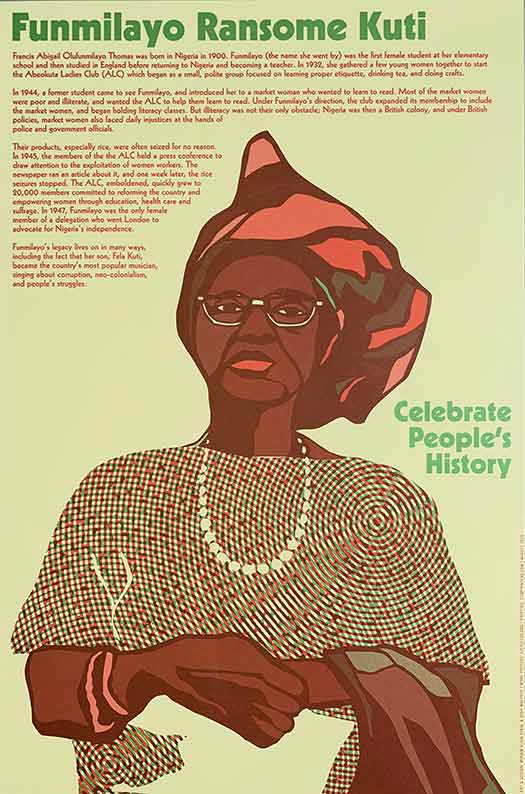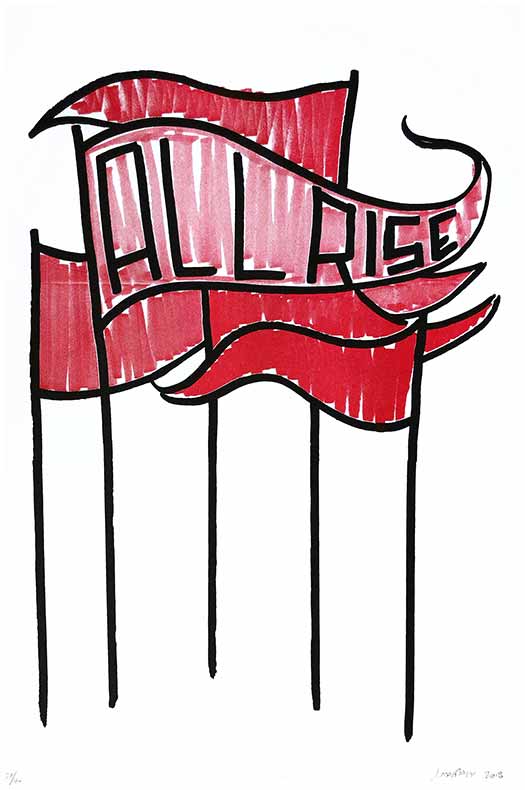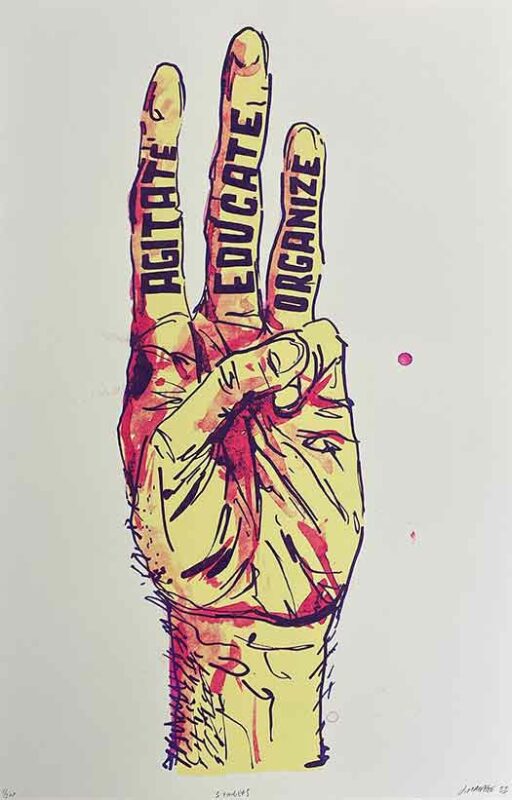
Lincoln Cushing has written a great article on posters produced in the 30s and 40s by the Works Progress Administration (WPA), and how they are being “borrowed” by designers and how their value has exploded in the art market. It’s published on the AIGA website. The entire article can be read here, and for the lazy, here’s the first couple paragraphs:
With the United States economy spiraling down the drain, there’s been a renewed interest in the New Deal projects of the 1930s and 1940s as potential models of how to once again make big government good government.
Among the various campaigns of that period, several involved the cultural sphere and resulted in a dramatic change in the nature of the arts in this country. Patronage largesse from nobility or the church has historically fueled the production of fine art, with the subject and medium tailored to suit the donor. The deliberately public nature of WPA was a grand experiment, not just in putting artists to work, but in the democratization of the arts themselves. Fine artists worked alongside communities all over the country, reimaging the iconography of the egalitarian principles that this country believes it was founded upon. The process was participatory and inclusive, the results free to the public.
The main arts agency during this period was the Federal Art Project (FAP), a program within the Works Progress Administration that lasted from 1935 to 1943. The primary goal of the FAP was to provide jobs for unemployed artists. Work done by the WPA artists was available for allocation to tax-supported and partially tax-supported institutions. Each state had its own director and administrative staff. This was a relief program and 90 percent (later 75 percent) of the artists had to come from the relief rolls.
Read the rest here.







